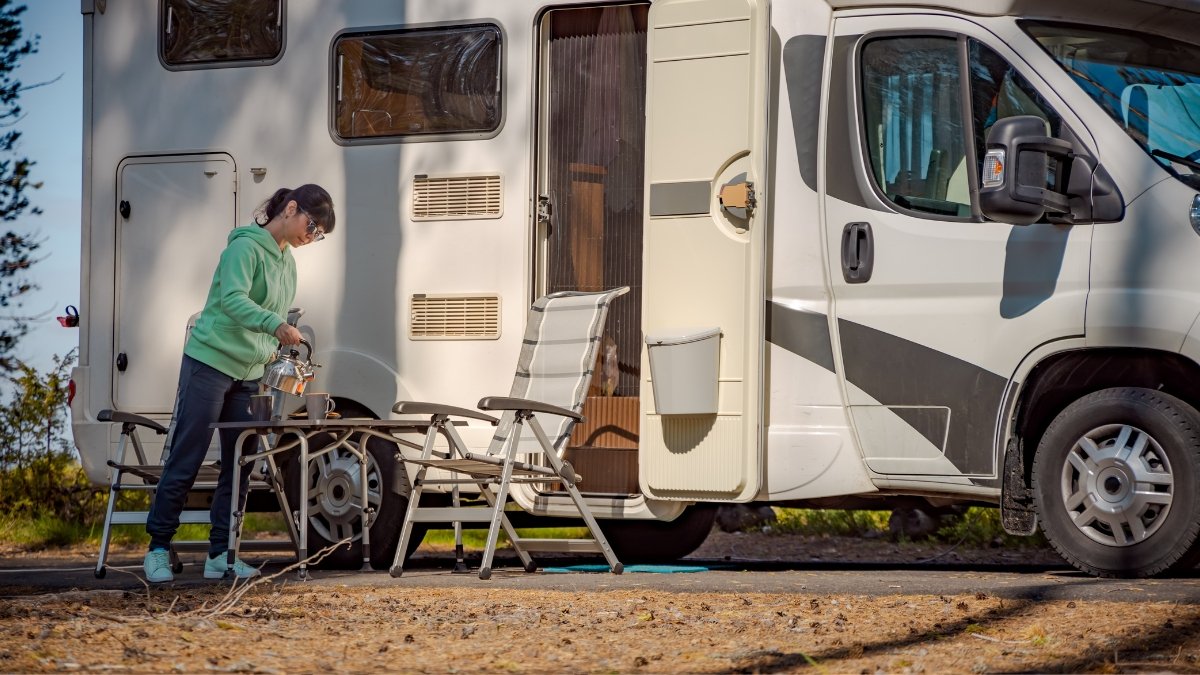Lisa thought she was getting the deal of a lifetime when she drove her shiny new $85,000 travel trailer off the dealer lot in spring 2024. Eighteen months later, between depreciation, unexpected repairs, and financing costs, she had lost nearly $32,000 money that’s gone forever.
Lisa isn’t alone. New RV owners routinely make a combination of expensive mistakes that cost them tens of thousands of dollars. Meanwhile, veterans with their methodical planning and discipline consistently avoid these financial traps.
Veterans approach RV buying like a military operation. They research thoroughly, plan for problems, and use every available advantage. Most importantly, they avoid the emotional decisions that cost civilian buyers so much money.
The $30,000 mistake is completely preventable. But only if you know what causes it. RV owners did wrong. More importantly, you’ll discover how to avoid these costly RV buying mistakes yourself.
The $30,000 Mistake Every New RV Owner Makes (And How Veterans Avoid It)
The Perfect Storm: How Small Mistakes Create Big Losses
Most new RV buyers lose $15,000 to $20,000 in depreciation. Then they waste another $8,000 to $12,000 on bad financing deals. Finally, they get hit with $5,000 to $10,000 in repairs they could have avoided.
i. Why 2025 Makes These Mistakes More Expensive
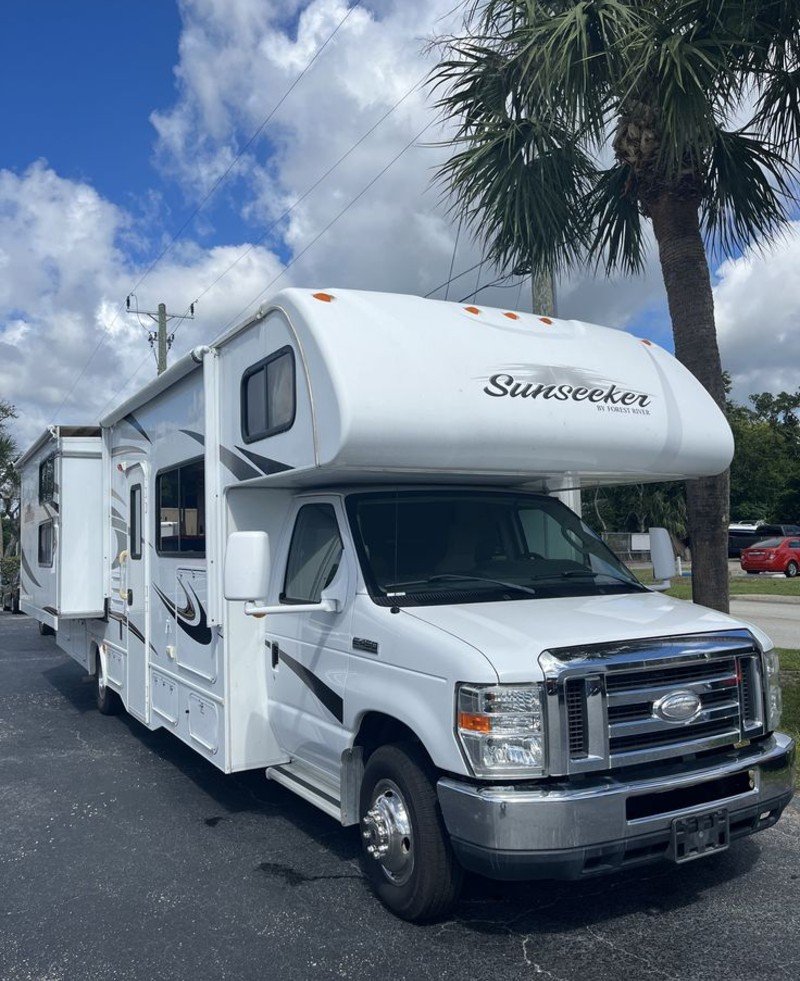
The RV market right now is tough for buyers. RV sales dropped 8% to 10% in 2024, but prices stayed high. Why? Dealers still have expensive inventory sitting on their lots. Someone has to pay for it.
Interest rates make things worse. RV loan rates now range from 6% to 25%. That’s way higher than a few years ago. More interest means you pay thousands extra over the life of your loan.
John bought a $100,000 travel trailer in early 2024. He financed it at 5.25% for 15 years. His monthly payment was $763. Sounds reasonable, right?
But John will pay over $40,000 in interest alone. That’s almost half the original price of his RV. And that’s with a decent interest rate.
ii. RVs Aren’t Like Cars
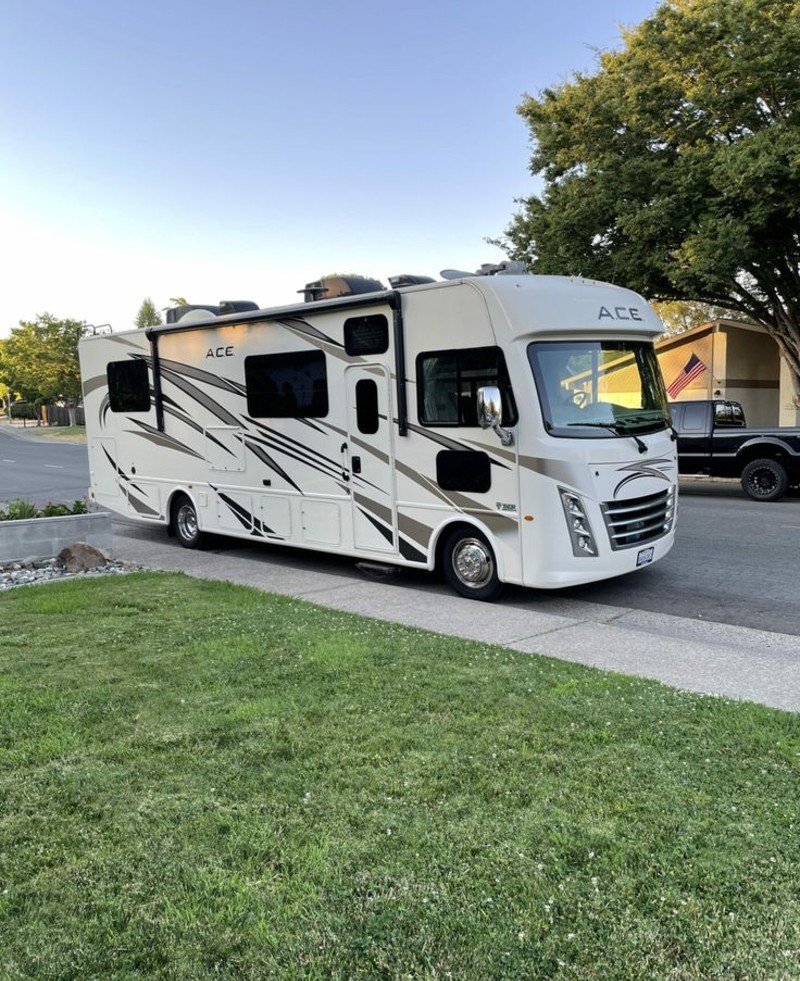
Many people think buying an RV is like buying a car. Big mistake. Cars lose value fast, but RVs lose it faster. A new RV can lose 25% to 40% of its value in the first two years. Sometimes more.
Let’s say you buy a $75,000 motorhome. Drive it off the lot, and it’s instantly worth $15,000 to $30,000 less. You now owe more than the RV is worth. A lot more.
Cars, at least, have huge markets when you sell. RVs? Not so much. Fewer people buy used RVs. That means lower resale values and longer selling times.
iii. The Real Cost Numbers

One RV owner tracked every expense for five years. Here’s what he spent on a $30,000 travel trailer:
i. Purchase price and fees: $30,000
ii. Maintenance and repairs: $3,000
iii. Insurance and storage: $12,000 ($200 per month)
iv. Improvements: $2,000
v. Extra fuel costs: $2,700
Total cost: $38,159 over five years. That’s $7,632 per year to own a $30,000 trailer. And this owner took good care of his RV. Many people spend way more on repairs.
iv. The Financing Trap Gets Worse

Long loan terms sound great when you’re buying. Lower monthly payments feel manageable. But you pay for decades.
Take a $40,000 RV financed for 15 years at 5.5% interest. Your monthly payment is about $327. Seems fine.
But you’ll pay $58,860 total. That’s $18,860 in interest. Almost half the RV’s original price. Make it a 20-year loan? You’ll pay over $22,000 in interest. For a $40,000 RV.
v. Market Conditions Make Everything Harder
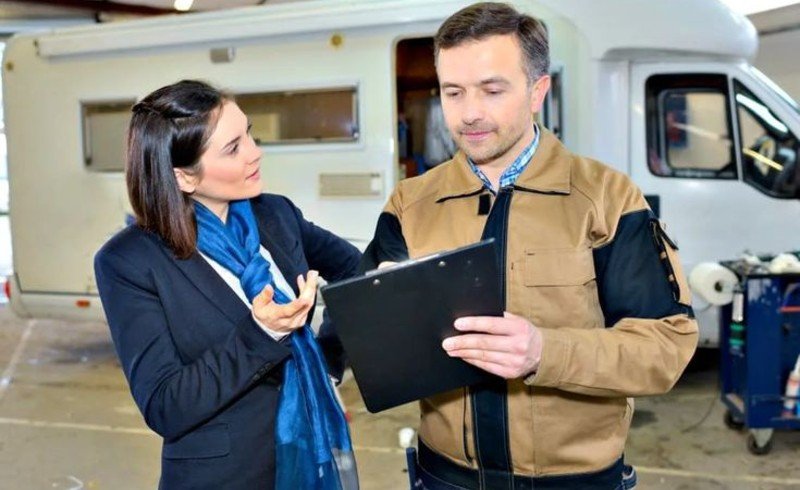
Dealers know buyers are struggling. Many are offering longer loan terms to make monthly payments look smaller. Don’t fall for it.
They’re also pushing 2025 models hard while sitting on 2024 inventory. The 2024 models are often identical but cost thousands less. Smart buyers know this.
Some dealers mark up RVs by 35% or more. That leaves room to negotiate, but only if you know the real market price.
Mistake #1: The Financing Trap That Costs $15,000
You walk into the RV dealer focused on one number: the monthly payment. This single mistake can cost you $15,000 or more.
But they’re not trying to save you money. They’re trying to make the numbers work by stretching out your loan as long as possible.
i. Current RV Interest Rates Will Shock You
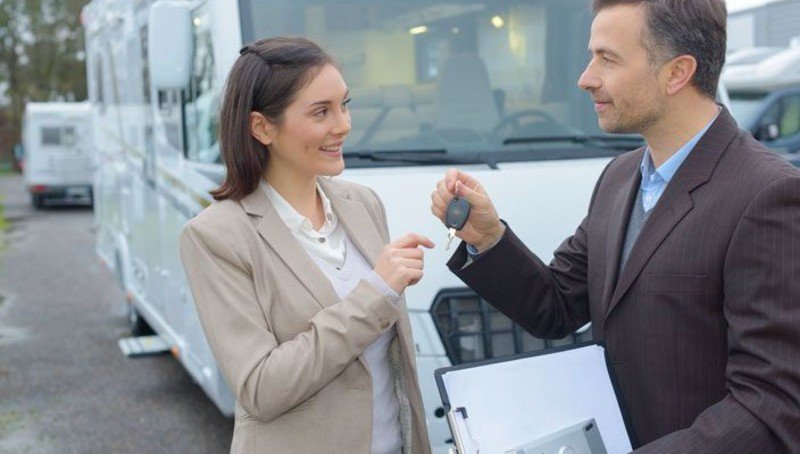
RV loan rates right now range from 5.99% to 24.99%. That’s a huge spread. Your credit score determines where you land in that range.
Even with good credit, you’ll pay more than for a car loan. Banks see RVs as luxury purchases, not necessities. That means higher rates and stricter terms.
People with fair credit often get stuck with rates above 15%. Bad credit? You could pay over 20%. At those rates, interest becomes your biggest expense.
ii. The 15-Year Loan Trap

Let’s do the real math on a $100,000 RV. You finance it at 5.25% for 15 years. Your monthly payment is $763. Sounds manageable.
But you’ll pay $137,340 total. That’s $37,340 in interest alone. You just paid for another luxury car in interest payments.
You buy a $40,000 travel trailer at 5.5% interest for 15 years. Monthly payment: $327. Total you’ll pay: $58,860. Interest cost: $18,860. That’s almost half the original price of your RV.
Make it a 20-year loan to lower the payment? You’ll pay over $22,000 in interest. For a $40,000 RV.
iii. Why “Payment Thinking” Costs You Thousands

Dealers love customers who only care about monthly payments. It gives them room to add profit in places you won’t notice.
They can mark up the RV price by thousands. Then stretch the loan longer to keep your payment where you want it. You think you got a good deal because the payment fits your budget.
But you just paid $5,000 extra for the RV and will pay $10,000 extra in interest over the loan’s life.
iv. The Sticker Price Scam
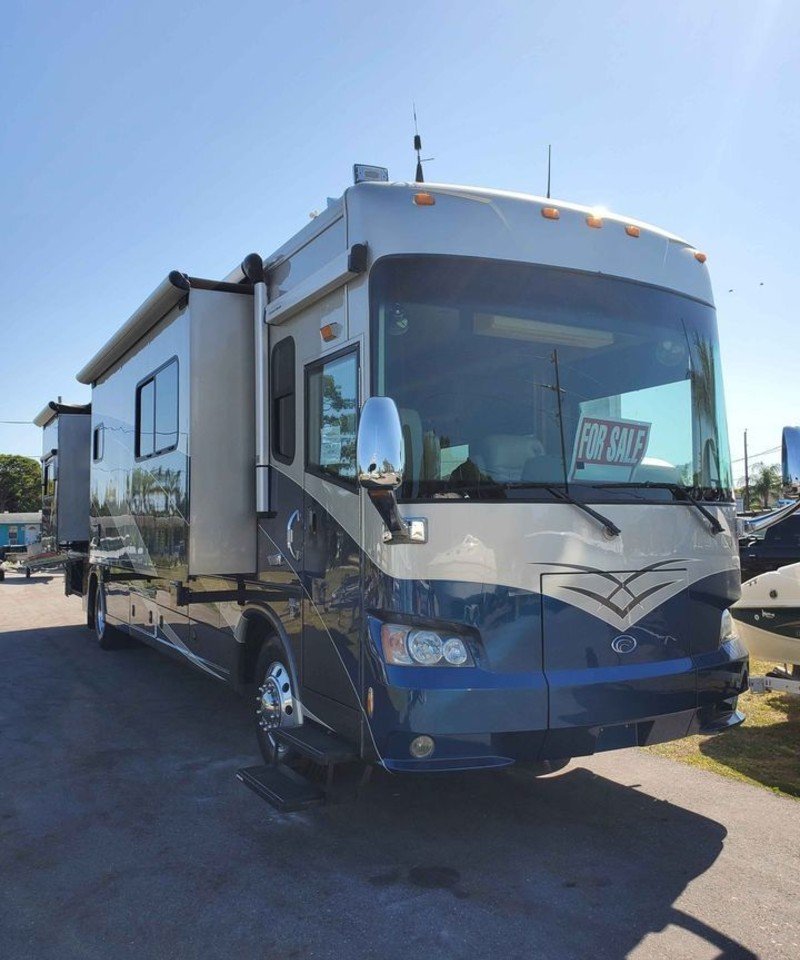
Most dealers mark up RVs by 25% to 35%. That’s industry standard. A $60,000 RV might have cost them $45,000.
But most buyers never negotiate the sticker price. They just accept whatever number the dealer shows them. Big mistake.
Always negotiate the total price first. Before you talk about payments or financing. Get the lowest price possible. Then figure out how to pay for it.
v. Shopping with Only One Lender Costs You Money

The dealer will offer financing. It’s convenient, but rarely the best deal. Dealers make money on financing, too. They get kickbacks from lenders for higher rates. You should shop at least three lenders before buying:
i. Your bank or credit union
ii. Online RV lenders
iii. The dealer (for comparison only)
The rate difference between lenders can be 2% to 5%. On a $50,000 loan, that’s $100 to $250 extra per month. Over 15 years, that’s $18,000 to $45,000 more.
Mistake #2: Ignoring Depreciation’s $20,000 Hit
Your new RV loses thousands of dollars the moment you drive it off the dealer’s lot. This isn’t a maybe. It’s guaranteed.
New RVs lose 25% to 40% of their value in the first one to two years. That’s not a typo. Nearly half your money just disappears.
i. The Real Numbers Will Hurt
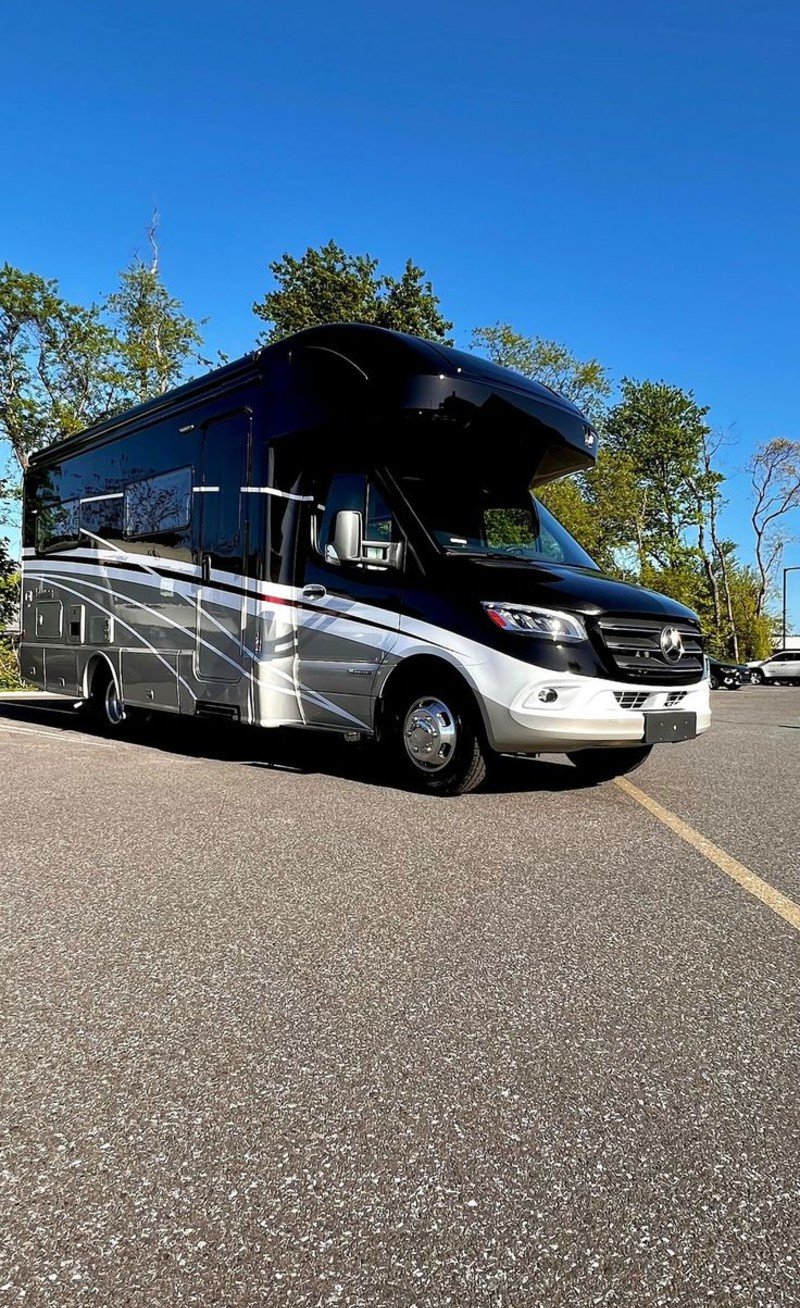
Let’s say you buy a $100,000 motorhome. Drive it home, and it’s instantly worth $75,000 or less. You just lost $25,000 in one day.
Wait two years? That same RV might be worth $60,000 to $70,000. Your $100,000 investment is now worth 30% to 40% less.
A 2021 Winnebago Navion 24D had an original price close to $160,000. Just three years later, similar used models sell for much less. The first owner suffered a massive loss.
ii. Why RVs Lose Value So Fast

RVs depreciate faster than cars for several reasons. First, way fewer people buy used RVs than used cars. A smaller market means lower prices.
Second, RVs sit unused most of the year. The average RV gets used 20 days annually. That’s less than 3 weeks. Buyers know this and pay less for something that barely gets used.
Third, RVs aren’t built like cars. They use cheaper materials and construction methods. This shows after a few years of use.
iii. You’re Upside-Down Immediately

Finance $95,000 on that $100,000 RV? The RV drops to $75,000 in value, but you still owe $95,000. You’re $20,000 upside-down on the loan.
Want to sell or trade? You have to pay the lender $20,000 just to get out of the loan. That’s on top of losing the $5,000 down payment.
iv. Most People Sell at the Worst Time

Most RV owners trade after three to five years. This is exactly when depreciation hits hardest.
You bought that $100,000 RV and still owe $70,000 after three years. But it’s only worth $60,000 now. You need $10,000 cash just to sell it.
Many people can’t afford that. So they roll the negative balance into a new RV loan. Now they’re paying for two RVs but only own one.
v. The Market Makes This Worse

RV resale values are brutal right now. Dealers have tons of used inventory. They don’t need to pay high prices for trade-ins.
Private sales take forever. RVs are expensive and intimidating for many buyers. You might wait months to find a buyer. And they’ll want a deal.
Mistake #3: The Water Damage Disaster ($10,000+ Repairs)
Water damage destroys more RVs than any other problem. It starts small and becomes a financial nightmare fast.
A tiny roof leak turns into $10,000, $15,000, or even $25,000 in repair bills. New RV owners almost always miss the early warning signs.
i. How Water Damage Costs So Much
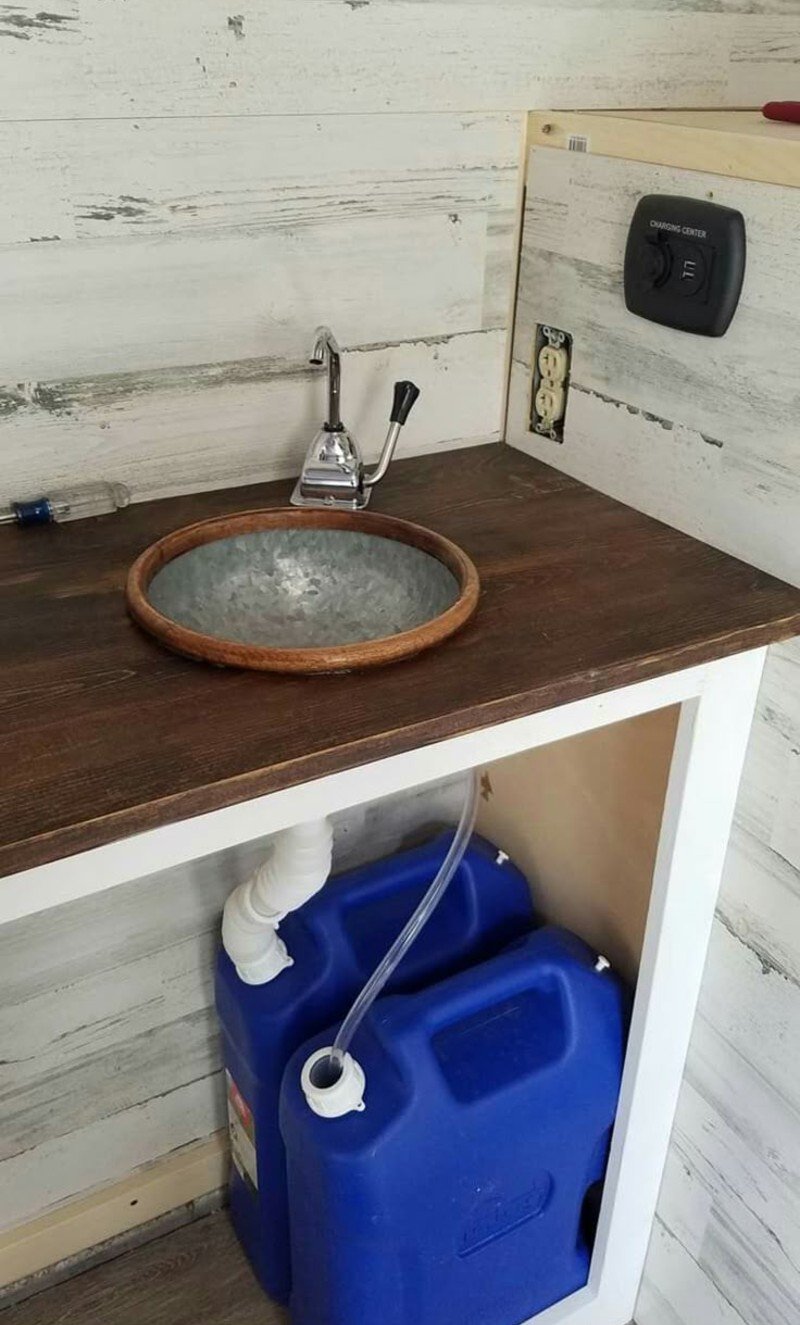
Water doesn’t just damage one thing. It spreads everywhere inside your RV.
It rots the floor. Ruins the walls. Destroys insulation. Creates mold. Damages electrical systems. By the time you notice, the damage is everywhere.
One RV owner found a small leak above the driver’s seat. Seemed minor. But water had been running inside the walls for months. The repair bill hit $7,800. And that was for a smaller leak.
Another owner needed complete water damage restoration. Cost: $25,000. More than many people’s annual salary. For water damage that could have been prevented.
ii. Roof Problems Cost the Most
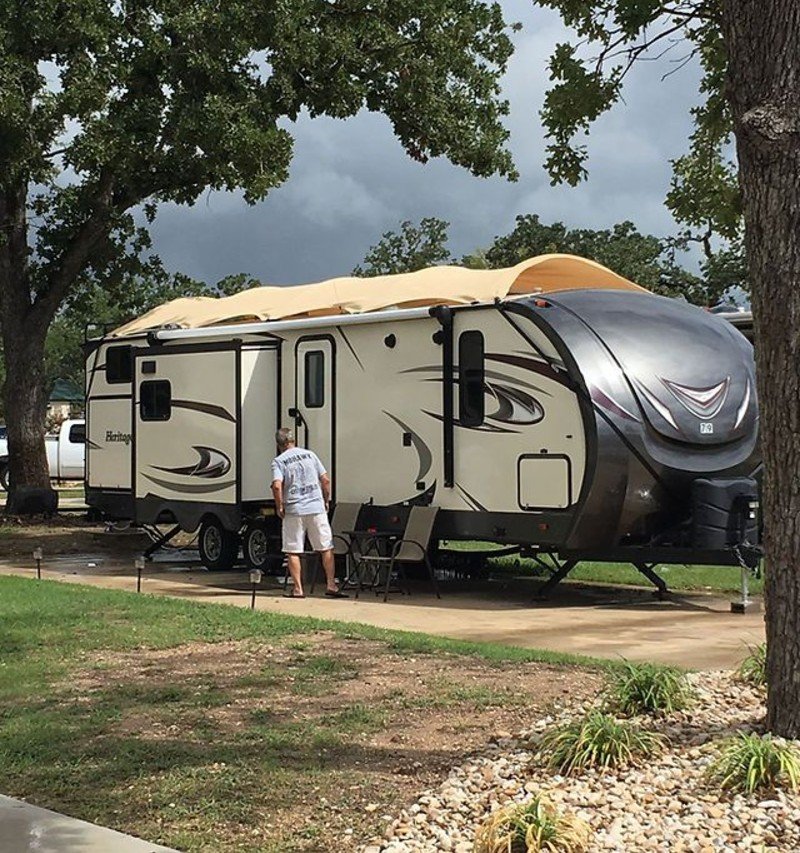
RV roofs take constant punishment from the sun, wind, and weather. Seals crack. Materials shrink. Leaks start.
A full roof replacement runs $5,000 to $15,000. Depends on the size and type of RV. Add in water damage repair inside? You’re looking at $20,000 or more.
A seal around your roof air conditioner cracks. Just a tiny gap. Rain gets in during storms. Water runs down inside your walls for months.
You don’t notice until the wall feels soft. Or you see stains. Or worse, mold starts growing. By then, major damage is already done.
iii. Other Expensive Water Problems
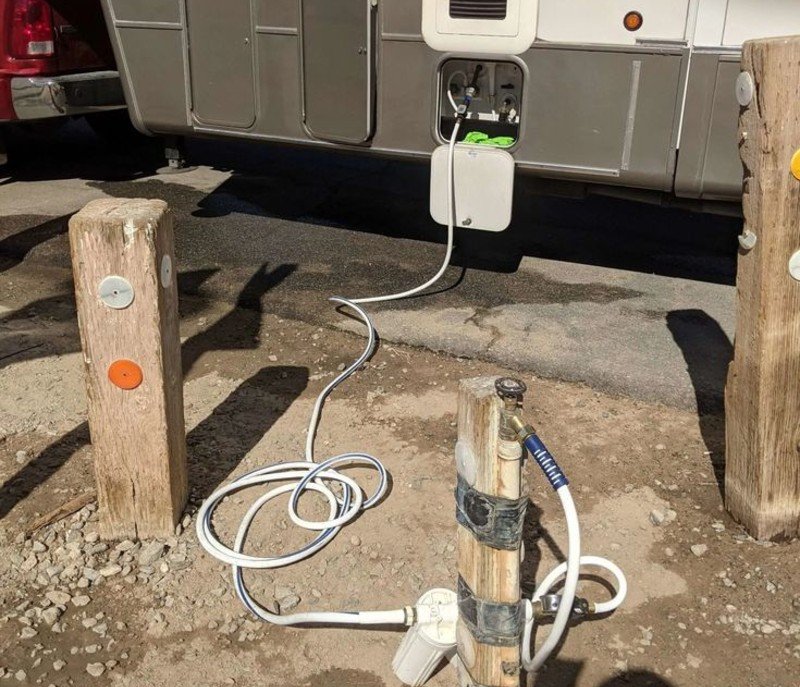
Roof leaks aren’t the only threat. Your RV has water systems that can fail, too.
Black tank repairs cost $1,500 to $5,000. These tanks hold your toilet waste. When they fail, it’s disgusting and expensive to fix.
Water heater problems run up to $5,000. Plumbing leaks can cost thousands if they damage floors or walls.
iv. Why New Owners Miss the Signs
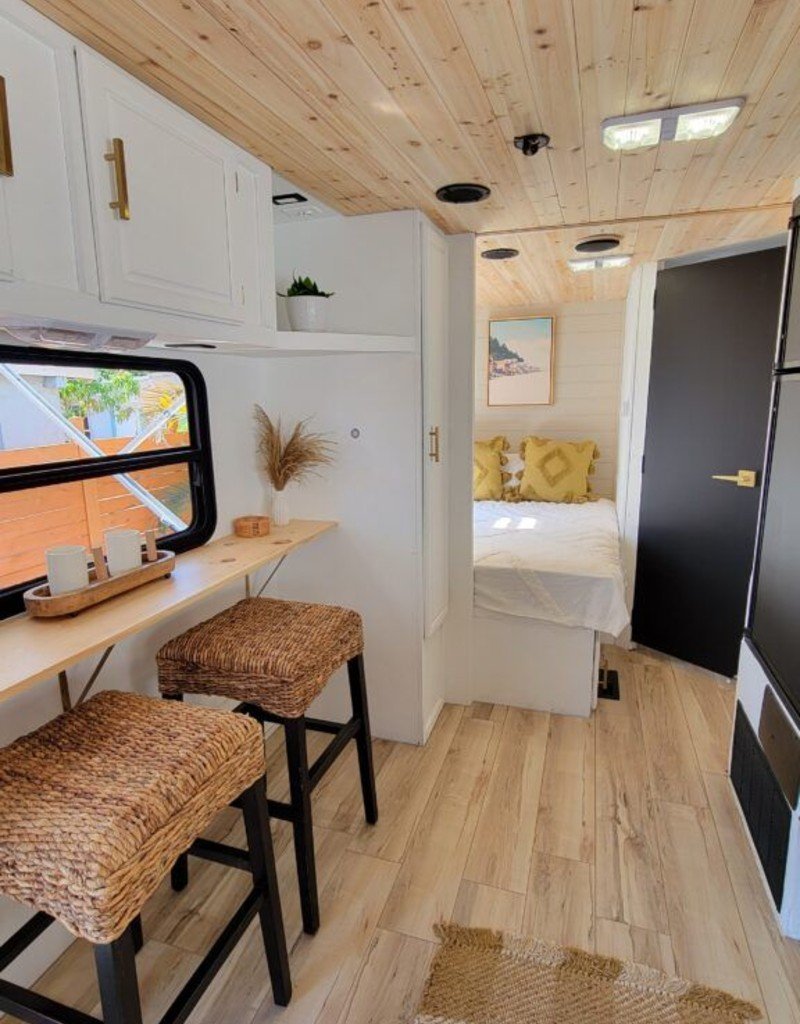
New RV owners don’t know what to look for. They miss the early warnings that could save thousands.
Small soft spots on walls or floors. Water stains on ceilings. Musty smells. Doors that don’t close right anymore.
These seem like minor issues. But they signal major problems starting. Fix them now and spend hundreds. Ignore them and spend tens of thousands later.
v. Prevention Costs Way Less
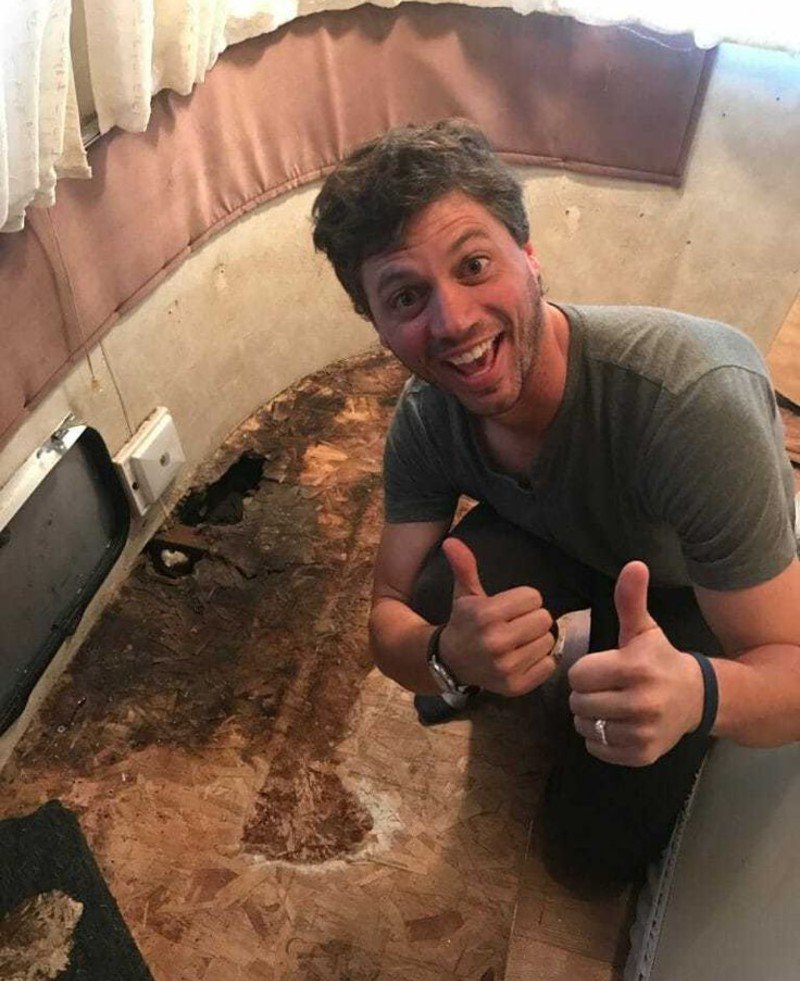
An RV inspection costs $700 to $2,500. Sounds expensive until you compare it to repair costs.
That inspection can catch problems before they become disasters. A $1,500 inspection might save you $15,000 in repairs.
Regular roof maintenance costs $200 to $500 per year. Again, seems like a lot until you need a $10,000 roof replacement.
How Veterans Approach RV Buying Differently
Veterans don’t make impulsive RV purchases. Their military training kicks in on major decisions like this one. That systematic approach saves them thousands of dollars.
While civilians get excited and buy the first RV they fall in love with, veterans plan. They research. They calculate total costs before setting foot on a dealer lot.
i. Military Training Creates Better Buyers
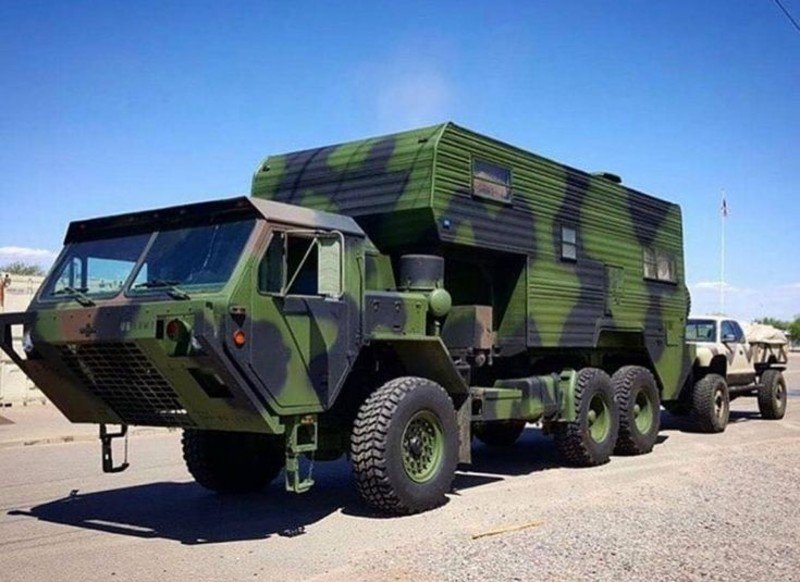
Military service teaches you to plan for problems before they happen. Veterans apply this to RV buying.
They research common problems with specific RV models online. They read owner forums and reviews. They know which brands have roof issues or plumbing problems before they shop.
Veterans also understand logistics. They think about where to store the RV. How to maintain it. What the true cost of ownership looks like over several years.
ii. Veterans Get Better Financing Deals

Military members and veterans have access to financing options that civilians don’t get.
Many lenders offer lower interest rates to veterans. Some provide no down payment loans. Credit unions on military bases often have the best RV loan rates around.
Veterans can also use VA cash-out refinancing to buy an RV. If you have equity in your home, you can refinance and use the cash for an RV purchase. These loans often have better rates than traditional RV financing.
iii. The Discount Advantage Is Real

Veterans save money everywhere in the RV world. These aren’t small discounts either.
Airstream offers $250 to $750 off new travel trailers and motorhomes through their Salute program. That’s real money back in your pocket.
Camping World gives veterans 5% off all purchases. Buy $10,000 in RV supplies and accessories? You save $500.
RV rental companies offer military discounts up to 25%. Rent before you buy to test different RV types. Do it at a quarter off the regular price.
iv. Free National Park Access Saves Hundreds

Veterans and Gold Star families get lifetime free access to national parks. This includes over 2,000 federal recreation areas.
Regular admission fees add up fast. Yellowstone costs $35 per vehicle for seven days. Grand Canyon is $30. Yosemite is $35.
Visit just five major parks per year and you save $175. Do this for ten years? That’s $1,750 in savings.
Many parks also offer camping discounts to veterans. These savings help offset RV ownership costs.
v. Veteran Networks Share Real Information
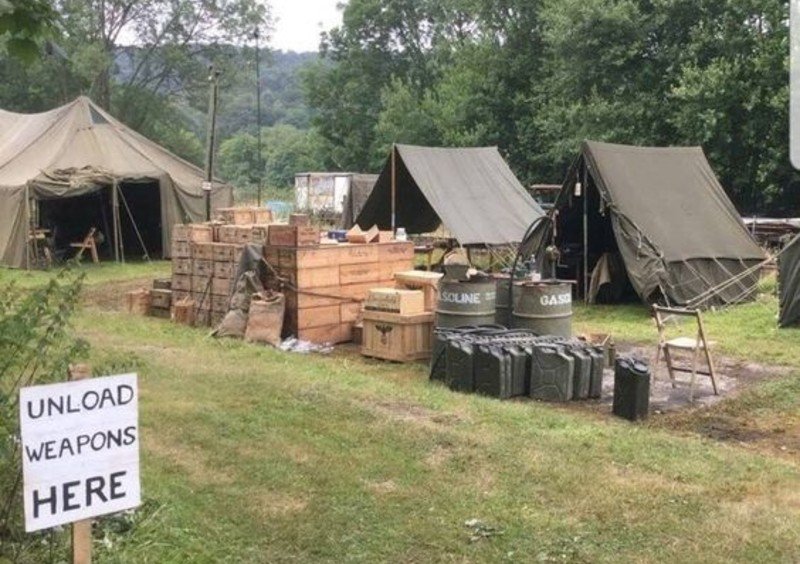
Veterans talk to each other. They share information about good deals and problems to avoid.
Military campgrounds exist on bases across the country. Veterans camping there share experiences about different RV brands and dealers.
Online veteran RV groups provide honest reviews. No sugar-coating. If a particular RV model has problems, you’ll hear about it from people who own them.
This network effect helps veterans avoid bad purchases. Civilian buyers don’t have access to this level of honest feedback.
The Veteran’s Step-by-Step RV Buying Strategy
Veterans follow a proven system when buying RVs. This five-step process saves them thousands of dollars and prevents costly mistakes.
You can use this same strategy even if you never served in the military. The steps work because they force you to think like a careful buyer, not an excited shopper.
i. Research Phase (30-60 Days)

Start your RV search online, not at a dealer lot. Dealers want to sell you something today. You need time to learn what you actually need.
Spend at least a month researching different RV types. Travel trailers, fifth wheels, and motorhomes all have pros and cons. Figure out which type fits your actual camping style.
Read owner forums for specific models you’re considering. Real owners share honest problems and costs. They’ll tell you if a brand has roof issues or transmission problems.
Use RV Trader and similar sites to check prices. Look at both new and used models. See how many similar RVs have been sold over the past year. This gives you realistic price expectations.
Create a list of must-have features versus nice-to-have features. Stick to this list when you start shopping. Don’t let dealers talk you into expensive options you don’t need.
ii. Financial Preparation

Calculate the total cost of ownership, not just the purchase price. Include insurance, storage, maintenance, and repairs in your budget.
RV insurance costs $1,000 to $4,000 per year, depending on value and coverage. Storage fees run $50 to $300 monthly. Maintenance and repairs average $2,000 to $5,000 annually.
Get pre-approved for financing from three sources: your bank, a credit union, and an online RV lender. Know your interest rate and monthly payment limits before you shop.
Save at least 10% to 20% for a down payment. Larger down payments get you better interest rates and lower monthly payments.
iii. Shopping and Inspection Strategy

Look at used RVs first. Let someone else take the depreciation hit on new units. Focus on RVs that are two to five years old with low mileage.
Always get a professional RV inspection before buying used. This costs $700 to $1,500 but can save you $10,000 or more in hidden problems.
Certified NRVIA inspectors know what to look for. They check for water damage, structural issues, and system problems you’d never notice.
Visit multiple dealers and private sellers. Compare prices on similar models. Take notes and photos. Don’t make decisions on the spot.
iv. Negotiation Strategy

Always negotiate the total price first. Don’t discuss monthly payments or trade-ins until you agree on the RV’s price.
Research tells you what similar RVs actually sell for. Use this information to make realistic offers. Start 10% to 15% below the asking price for used RVs.
Dealers mark up RVs by 25% to 35%. There’s room to negotiate. Be willing to walk away if they won’t meet your price.
Don’t fall in love with one specific RV. Stay willing to walk away. Sellers can sense desperation and will hold firm on prices.
2025 Market Conditions: Why Timing Matters Now
The RV market right now offers opportunities for smart buyers. But you need to know what’s actually happening to take advantage.
RV sales dropped 8% to 10% in 2024. Dealers have too much inventory sitting on their lots. This creates opportunities for buyers who know how to negotiate.
i. High Inventory Means Better Deals
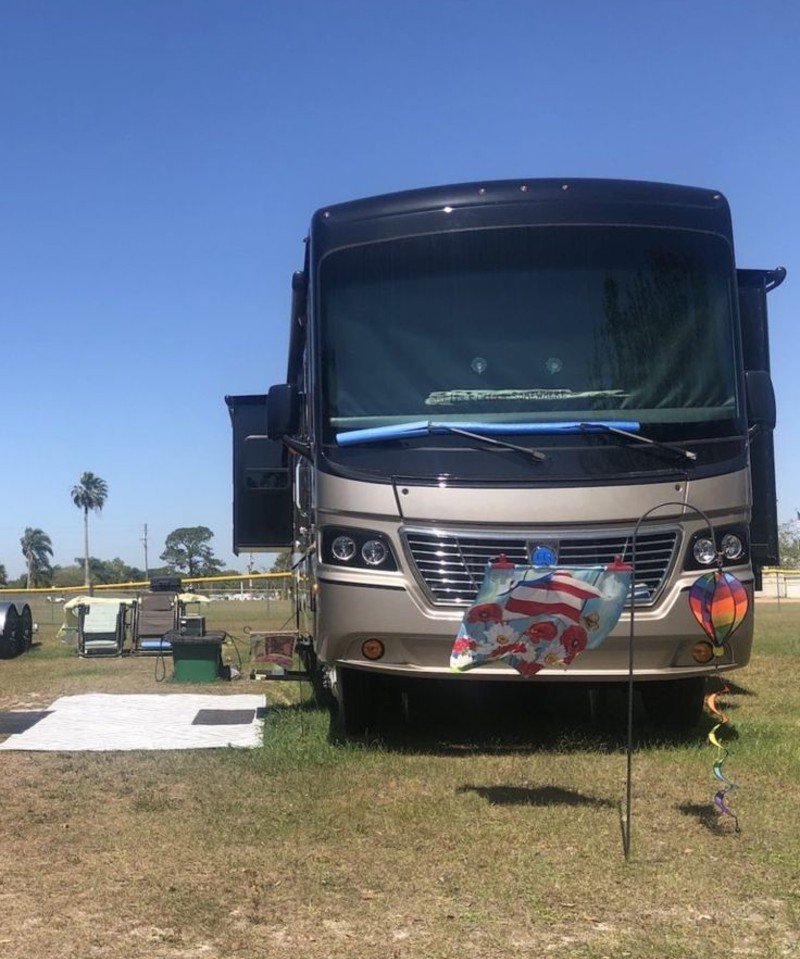
Dealers are sitting on expensive inventory they need to move. RVs cost money to keep on lots. Insurance, floor plan financing, and maintenance add up quickly.
Many dealerships have 2024 models they’re desperate to sell. These RVs are often identical to 2025 models but cost thousands less. Smart buyers focus on the leftover 2024 inventory.
Some dealers will take losses just to move old inventory. They’d rather sell at a small loss than pay carrying costs for another year.
ii. Post-Election Market Improvements

Election years make people cautious about big purchases. That’s what happened in 2024. Buyers delayed RV purchases waiting to see the election results.
Now that uncertainty is over, buyer confidence should improve. More people will start shopping for RVs in 2025.
But dealers still have that 2024 inventory to move. The next few months offer the best combination of good selection and motivated sellers.
iii. Interest Rate Expectations

RV loan rates hit buyers hard in 2024. Rates jumped from under 4% to 6% to 25% depending on credit scores.
Financial experts expect rates to come down slowly in 2025. Not dramatically, but enough to help buyers.
Even a 1% to 2% rate drop saves thousands on RV loans. On a $75,000 RV loan, dropping from 8% to 6% interest saves over $100 per month.
Actionable Steps to Avoid the $30,000 Mistake
You now know how new RV buyers lose $30,000. Here’s exactly what to do to avoid these expensive mistakes. Follow these steps and you’ll save thousands.
i. Stop the Financing Trap

Get pre-approved loans from three lenders before you shop. Don’t rely on dealer financing alone. Compare these options:
i. Your local bank or credit union
ii. Online RV lenders like LightStream or My Financing USA
iii. Military lenders, if you’re a veteran (Navy Federal, USAA)
Calculate total loan costs, not just monthly payments. Use online loan calculators to see how much interest you’ll pay over the loan’s life.
Negotiate the RV’s total price first. Never discuss monthly payments until you agree on the purchase price. Dealers use payment discussions to hide higher prices.
ii. Beat Depreciation Before It Beats You
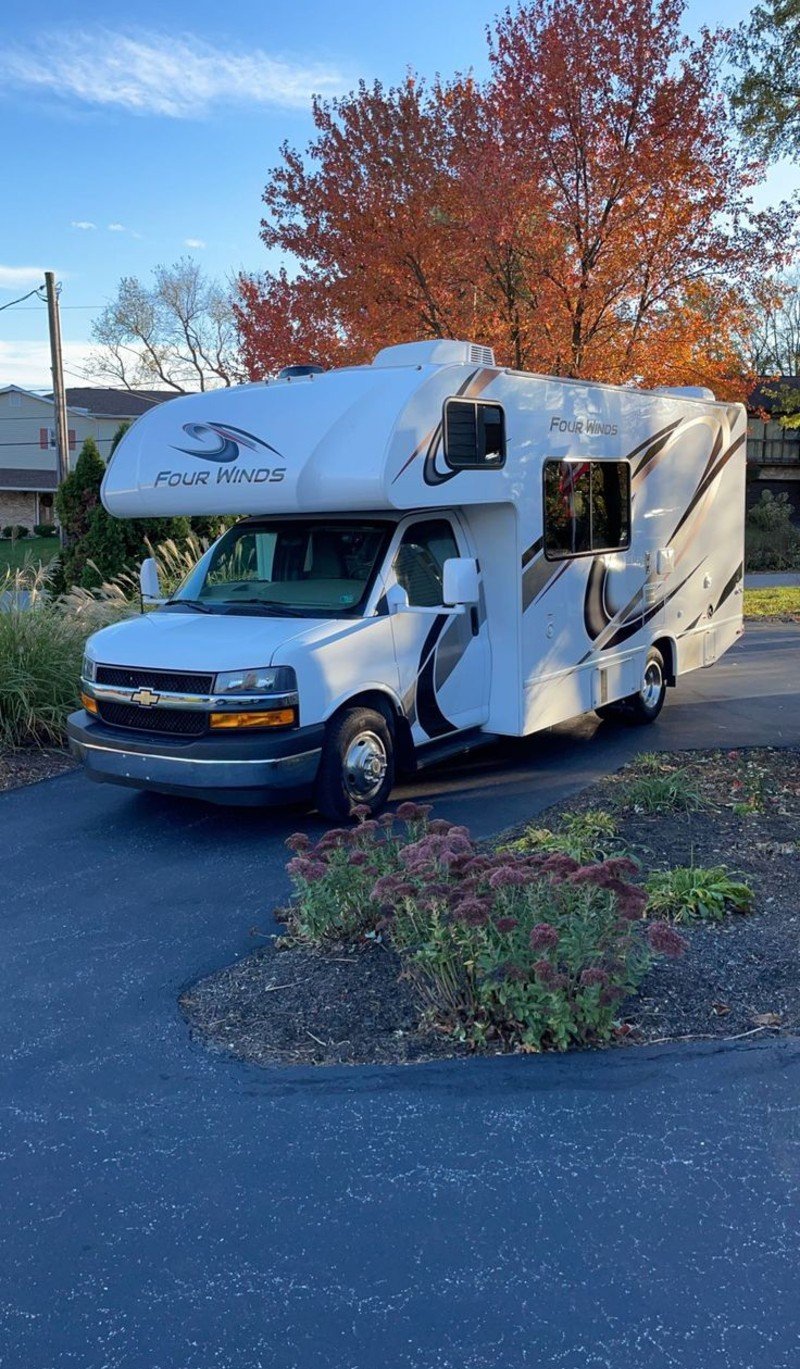
Buy used RVs that are two to five years old. Let the first owner take the depreciation hit. You’ll save $15,000 to $25,000 instantly.
Focus on low-mileage RVs from careful owners. Many RVs sit unused most of the year, so high mileage often means problems.
Research resale values before you buy. Use RV Trader’s sold listings to see what similar RVs actually sell for. This helps you make smart purchase decisions.
If you must buy new, plan to keep the RV for at least 10 years. The only way to recover from massive depreciation is long-term ownership.
iii. Prevent Water Damage Disasters
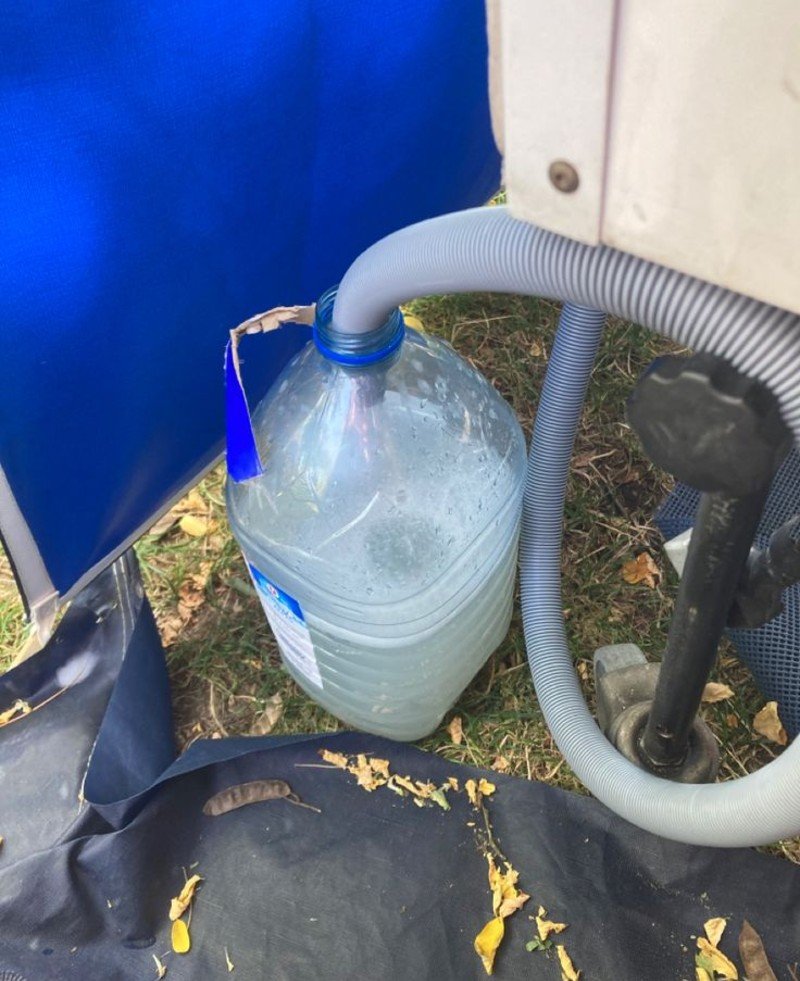
Get a professional RV inspection before buying used. This costs $700 to $1,500 but can save $10,000 in repair bills.
Find certified inspectors through the National RV Inspectors Association (NRVIA). Don’t use inspectors recommended by dealers selling the RV.
Learn basic maintenance tasks. Check roof seals twice a year. Look for soft spots in walls and floors. Fix small problems before they become big ones.
Budget $2,000 to $3,000 annually for maintenance and repairs. This isn’t optional. RVs need regular care to prevent expensive failures.
FAQs
What exactly is the $30,000 mistake new RV owners make?
It’s not one mistake, but three big ones that add up. First, new RVs lose $15,000 to $20,000 in value during the first two years just from depreciation. Second, bad financing decisions cost $8,000 to $12,000 in unnecessary interest payments. Third, preventable repairs like water damage cost $5,000 to $10,000 when caught too late.
How much do RVs really depreciate, and why is it worse than cars?
New RVs lose 25% to 40% of their value in the first one to two years. A $100,000 RV becomes worth only $60,000 to $75,000 after two years. This happens because fewer people buy used RVs compared to used cars, creating a smaller resale market.
What military discounts can veterans get on RVs and camping?
Veterans get significant discounts throughout the RV world. Airstream offers $250 to $750 off new RVs through their Salute program. Camping World gives 5% off all purchases. Many RV dealers offer military discounts if you ask. Veterans also get lifetime free access to all national parks, saving hundreds per year in entrance fees.
Should I buy a new or used RV to avoid these expensive mistakes?
Buy used. Let someone else take the depreciation hit. Focus on RVs that are two to five years old with low mileage. You’ll save $15,000 to $25,000 immediately by avoiding the worst depreciation period. Always get a professional RV inspection on used units (costs $700 to $1,500) to avoid buying someone else’s problems.

